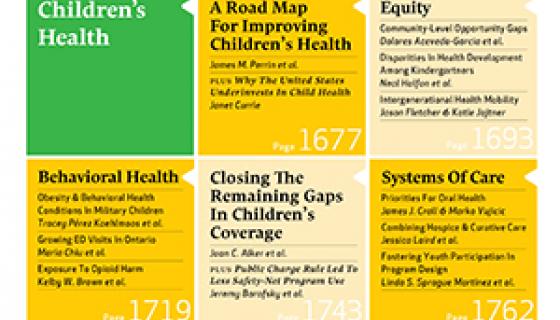As they develop, children are influenced not only by their families but also by their neighborhoods and schools. These three environments shape children’s experiences, their opportunities for healthy development, and the adults they will become—their educational attainment, health and socioeconomic success as adults.
Housing is one of the most powerful influences on a child’s access to opportunity: the location of a family’s home influences the quality of the neighborhood where their children grow up. Neighborhoods matter because they influence access to important conditions and resources for healthy child development: quality schools, safe playgrounds, availability of healthy food, adequate income and good jobs for the adults in their lives.
At the same time that the U.S. child population is becoming increasingly diverse, stark inequities in opportunities for healthy child development persist. Hispanic and Black children have significantly less access to opportunity than other children. They face greater challenges because they are much more likely to live in neighborhoods and attend schools with fewer resources to promote healthy development.
Over two decades, the research team at diversitydatakids.org has examined inequities in neighborhood and school opportunity, and one of the main reasons they exist: high levels of residential and school segregation. Our children live in very separate and unequal neighborhoods and attend very separate and unequal schools. This segregation and inequity represent major challenges for Hispanic and Black children to reach their full potential. diversitydatakids.org also examines how to improve housing policy so that all families have equitable access to higher opportunity neighborhoods.
You will find here the first analysis of our new Child Opportunity Index 2.0. Explore the report and data stories. While it is essential to have rigorous, nationally comprehensive data to monitor neighborhood opportunity, data are only helpful if they inform efforts to improve children’s access—equitable access—to opportunity. Many communities around the country are working to improve children’s access to neighborhood opportunity, and many are using the first Child Opportunity Index we developed in 2014. We hope that the availability of our new, improved COI 2.0 and the initial findings from our first report will motivate these and other communities to continue their work. Be in touch to get data, maps and findings for your community. Tell us your story. Join us in our mission to produce and mobilize the most rigorous data for equity until every child thrives, every day, everywhere.

















